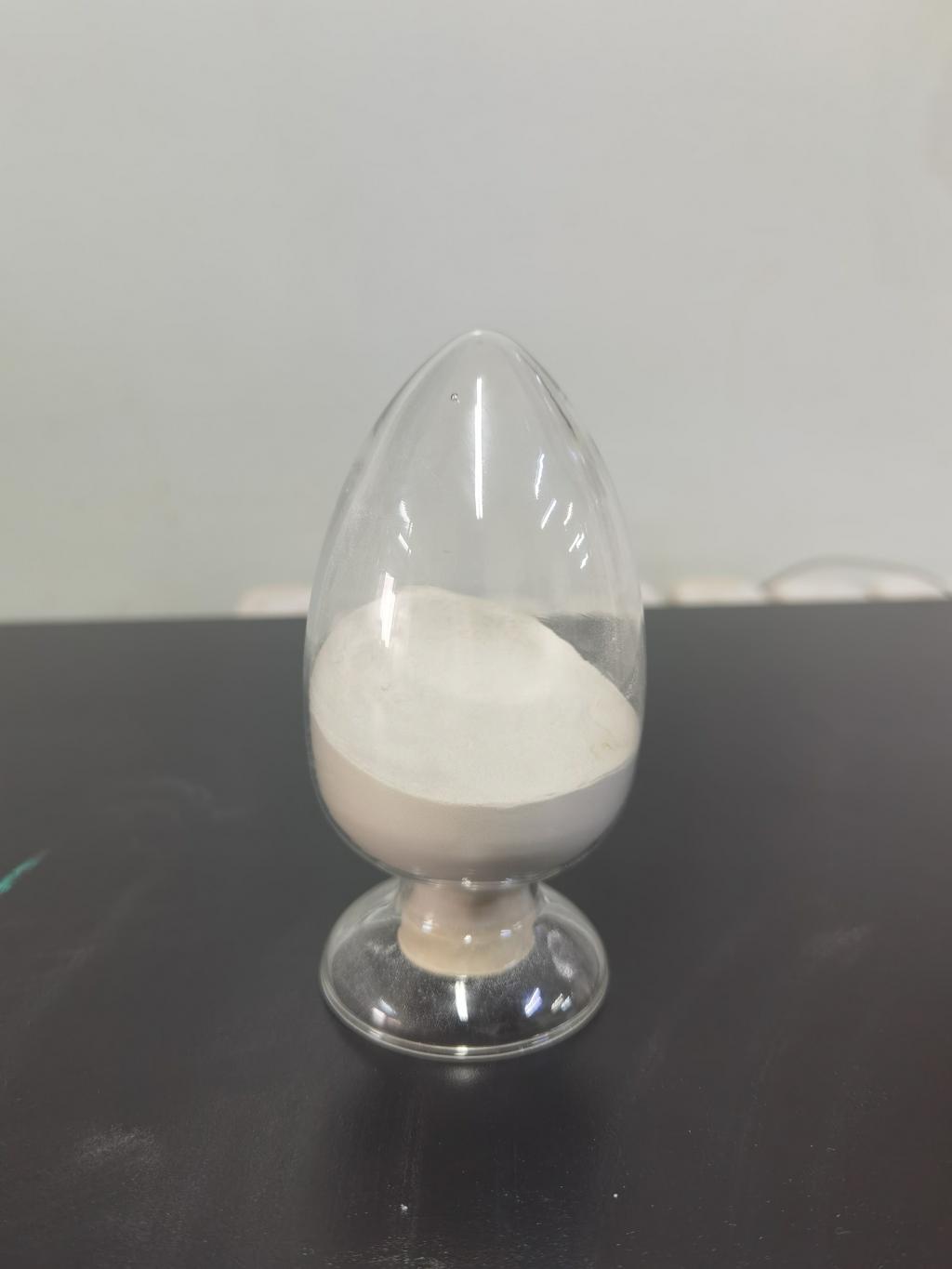Tel:+8618231198596

News
 CONTACT
CONTACT
 CONTACT
CONTACT
- Linkman:Linda Yao
- Tel: +8618231198596
- Email:linda.yao@dcpharma.cn
- Linkman:CHARLES.WANG
- Department:Overseas
- Tel: 0086 0311-85537378 0086 0311-85539701
News
Current Position:
Home >
News
>Nisin's Influence on Sustainable Packaging: A Holistic Approach to Food Safety
Nisin's Influence on Sustainable Packaging: A Holistic Approach to Food Safety
TIME:2024-02-28
The Growing Need for Sustainable Packaging:
The environmental consequences of conventional packaging materials, such as plastic, have prompted the exploration of sustainable alternatives. Consumers and regulatory bodies are advocating for eco-friendly options that reduce waste, minimize carbon footprint, and promote the overall well-being of the planet. In this context, sustainable packaging emerges as a crucial component in achieving a balance between consumer needs and environmental responsibility.
Nisin: An Overview:
Nisin is a naturally occurring antimicrobial peptide produced by certain strains of bacteria, particularly Lactococcus lactis. Widely recognized for its efficacy in inhibiting the growth of spoilage and pathogenic bacteria, Nisin has been traditionally used as a food preservative. Its antimicrobial properties make it an attractive candidate for extending the shelf life of various food products.
Integrating Nisin into Sustainable Packaging:
a. Antimicrobial Coatings:
One of the applications of Nisin in sustainable packaging involves the development of antimicrobial coatings. These coatings, derived from Nisin, can be applied to packaging materials to inhibit the growth of bacteria and fungi on the surface of the packaged food. This not only extends the shelf life of the product but also reduces the need for synthetic preservatives.
b. Active Packaging Systems:
Nisin can be incorporated into active packaging systems, where the antimicrobial agent is released over time to create a protective environment around the food. This technology helps maintain the freshness and safety of the product without relying on excessive packaging or chemical preservatives. The controlled release of Nisin aligns with the principles of sustainability by optimizing resource usage.
c. Bio-Based Packaging:
In addition to being an antimicrobial agent, Nisin can be integrated into bio-based packaging materials. By combining the antimicrobial properties of Nisin with sustainable packaging options such as biodegradable polymers, it is possible to create packaging solutions that are not only environmentally friendly but also actively contribute to food safety.
Holistic Benefits of Nisin in Sustainable Packaging:
a. Waste Reduction:
Sustainable packaging solutions incorporating Nisin can contribute to the reduction of food waste. By extending the shelf life of perishable goods, these packaging technologies help minimize the disposal of still-edible products, aligning with the broader goals of sustainable development.
b. Energy Efficiency:
Compared to conventional preservation methods, such as refrigeration, the use of Nisin in sustainable packaging can lead to energy savings. Longer shelf life reduces the need for energy-intensive cold storage, positively impacting the overall energy efficiency of the food supply chain.
c. Consumer Confidence:
Consumers are increasingly seeking products that not only meet their safety and quality expectations but also align with their values. Sustainable packaging with Nisin as a key component can enhance consumer confidence by offering a solution that addresses both food safety concerns and environmental consciousness.
Challenges and Considerations:
While Nisin presents promising opportunities for sustainable packaging, certain challenges must be addressed. These include regulatory approvals, potential allergenicity concerns, and the scalability of production. Collaborative efforts between researchers, industry stakeholders, and regulatory bodies are essential to overcoming these challenges and ensuring the successful integration of Nisin into mainstream sustainable packaging practices.
Future Prospects and Conclusion:
The intersection of Nisin and sustainable packaging holds great promise for the future of food safety and environmental responsibility. Ongoing research and development efforts are expected to further refine the application of Nisin in packaging materials, addressing current challenges and expanding its use across various food categories. As the global community strives for a more sustainable and resilient future, the holistic approach offered by Nisin in sustainable packaging stands out as a beacon of innovation in the pursuit of a balanced and eco-friendly food supply chain.
- Tel:+8618231198596
- Whatsapp:18231198596
- Chat With Skype







